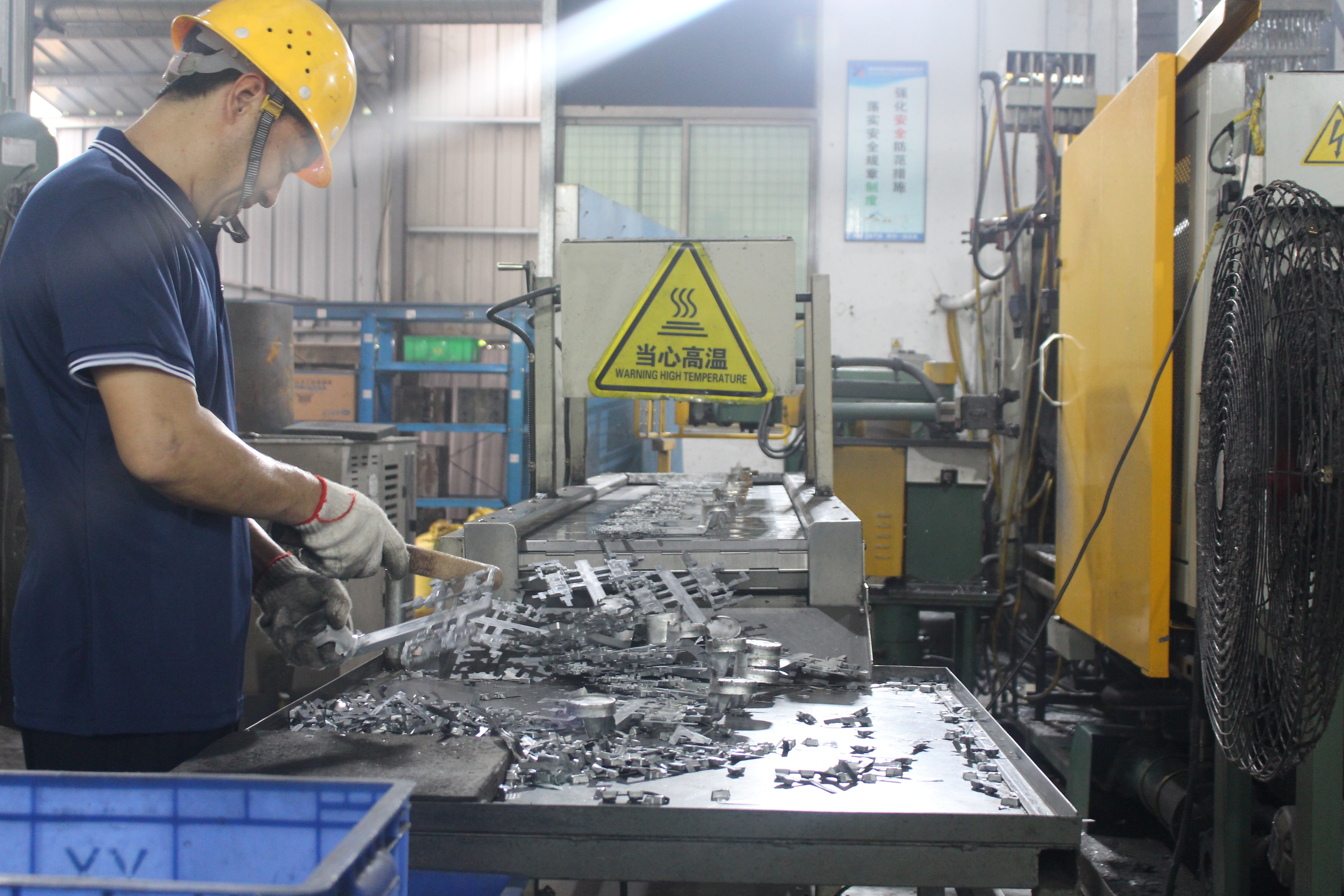Cast parts in automobiles are vital metal parts. They may come from different casting manufacturing methods, mainly die casting, investment casting, centrifugal casting, shell casting and continuous casting.
Aluminum die castings are widely used in the manufacture of critical automotive casting components. These automotive castings help improve the overall efficiency and performance of your vehicle. For example, engine block, cylinder head, gearbox housing, brake caliper.
Shell casting is a precision and scalable process that utilizes resin-coated sand to form a mold. The mold is also called a shell and is usually made in two halves. Once the shell is ready, it is assembled according to the varying complexity of the final product. The process pours molten metal into the cavity created by the shell, whereupon the molten metal solidifies and turns into the desired metal casting. This casting method is often well suited for the production of large metal parts and is widely used in the automotive industry. Such as engine crankcase, crankshaft, wheels, gearbox housing.
Centrifugal casting is a special casting method. It pours molten metal into a rotating mold and creates centrifugal force. The force distributes the metal evenly and helps form a cylindrical or tubular shape as it solidifies. Unique to centrifugally cast parts is the force-driven forming process. The uniqueness of this method makes the manufacturing of various automotive castings more reliable and efficient, and can be used to manufacture a variety of automotive components. Into the engine cylinder liner, hub bearing sleeve, crankshaft sleeve.
Investment molding is one of the most popular methods of producing metal parts. These metal parts have intricate designs and complex shapes, and the process typically involves pouring molten metal into precision molds made of ceramic shells, wax or similar materials. Investment casting is used to create critical cast steel automotive components. Such as turbine blades, exhaust manifolds, brake system components, brake calipers, brake discs and brake pads.
Continuous casting creates metal shapes with uninterrupted lengths. During this operation, molten metal is continuously poured into the mold. It solidifies as it passes through rollers or water-cooled molds. This method produces continuous lengths of product and therefore minimizes material waste. Continuous casting can be used to manufacture a variety of automotive components. For example, helical gears, drive shafts and other long-length parts.
High pressure die casting is a precision and popular die casting method. The process injects molten metal into a mold under high pressure. This rapid injection allows for the precise production of detailed and complex parts. High-pressure die casting is widely used to manufacture components for two-wheelers. For example, engine casing, brake caliper, gearbox housing.
Rotary casting is also known for low-pressure casting, which is a type of centrifugal casting. The process involves pouring molten metal into a rotating mold. The centrifugal force generated by the rotation distributes the metal evenly. It produces hollow cylindrical or round parts. Rotation casting has important applications in the production of two-wheel vehicle components. For aluminum alloy wheels, the rotational casting method ensures durable, precise and intricately shaped wheels.
Sand casting is a versatile and traditional casting method. Suitable for large parts and small batch production. In this process, molten metal is poured into a mold made of compacted sand. Its simplicity, versatility, and cost-effectiveness make it a popular method. The sand casting method is widely used to produce automotive components of various sizes and complexity and is widely used in the manufacture of two-wheeler components. Steel cast frame, two wheeler frame, these steel castings ensure the structural integrity of motorcycles and e-bikes. Some automobile iron parts, frame components, suspension components, etc.


